#10 -Violet-backed Starling by Don Hoechlin
I would be lying if I didn’t come out and tell you that I actually had this as my #1 bird to see for a couple weeks. I saw a picture on Rockjumper birding tours that was taken by famed African bird photographer Hugh Chittenden that just blew me away. It was a striking bird, and in the right light it rivals some of my favorite tropical birds from the Americas. I kept thinking this is the bird I want to see more than any other. But then I kept coming back to the fact this bird is a starling. In America we don’t like starlings because they are an invasive nightmare. But had they not been introduced, we would likely admire them for their beauty and intelligence. Unfortunately, that’s not the case. But don’t get me wrong, I think they are stunning birds, and especially this species. But given a number of factors most notably timing and range--the odds that I see one are slim, so I decided it wasn’t a species worth putting at #1. I can still hope though, and figured it deserved a top 10 slot because it was such an intriguing bird.
#9 - Southern Carmine Bee-Eater by Uncovery
Bee-eaters have long been a favorite family of birds for me. They are colorful, gregarious, and they eat one of my least favorite insects--bees. There are several species of Bee-eaters found in Southern Africa, and all are quite interesting and colorful. But the one that I fancy more than any other is this one. It’s red and pink tones make it a stand out--can you imagine a flock of 500-1000 of these rosy birds filling your binoculars? If I see just one I will be ecstatic, but obviously hope for many more.
#8 - Schalow's and/or Knysna Turaco (the latter pictured above) by Anton Frolich
Turacos have been another favorite family of birds since I first saw a Ross’s Turaco (or some other purple species) at Tracy Aviary while growing up. In Southern Africa there are three species of “Green” Turaco. Historically all three were represented as one species known as Livingstone’s Turaco. But all three are geographically isolated, genetically different, and have obvious different physical traits. The split left Livingtone’s as a species, and added two others--Knysna and Schalow’s. I am almost certain that I will get a Knysna Turaco. The last day of Safari at Kruger Park, we are heading through the mountains to a reserve where this species breeds--and there will be a local guide to hopefully takes us to one. Schalow’s is the species I would like to see even more, as it has a wicked haircut. They breed along the Zambezi River, and are supposedly found with some regularity around Victoria Falls if you know where to look. My goal the next 2 months is to find out where to look. If I can leave with both species, that would be a grand accomplishment!
• • •
Hornbills are fascinating birds. They are what I would call the African equivalent to the Toucans in the Americas (at least in my opinion). There are a variety of species found in numerous habitats, and from what I have been told (and seen at the zoo) they are not weary of people. The African Ground-Hornbills are a favorite of mine, and they easily could take this species place on this list. But something about the Yellow-billed Hornbills plumage characteristics really made it stick out to me. This is pretty much a sure thing according to field guides and eBird--and I hope for my sake it actually is!
• • •
My love of the American Tropics and birding has greatly been influenced by one family of birds that is more striking and memorable than any other--the tanagers. The Western Tanager has long been my favorite bird, the one that hooked me in. On my trips to Costa Rica and Peru, these birds have been a focus and I have now seen just 22 of 240 or so species found in the world. My love of this species will likely lead to many more trips to the tropics as I attempt to add more and more to my life list. But in Africa, there are NO TANAGERS. Insert sad trombone sound here... So with no tanagers I’ve had to focus on other colorful species, and a bird that in my opinion is quite tanager-like is this colorful Bushshrike. It’s not related to tanagers, and differs in a number of aspects. But the colorful plumage, and shape are reminiscent of my favorite birds.
• • •
When I went to Peru last year, the #2 target bird I had was the Humboldt Penguin. It would have been the first from the penguin family for me, and I thought I had a decent shot at it from a location where they had been reported recently and with some regularity. I was mistaken. I missed the Penguins and was quite disappointed. I had found that getting directions to exactly where the birds were would have been beneficial--but no one that I queried who had seen them knew. These “adventurers” had traveled to Peru, hired a guide to take them to the bird, but couldn’t remember exactly where and how they go there. It was frustrating. With Africa I won’t have that issue. The African Penguin, or as I like to call it, the Jackass Penguin is common all around Cape Point--and Boulders Beach has a large colony that is present year round. I’m excited for penguins, but knowing this will be a drive up, hop out of the car and see the bird type of event, it’s not exciting enough to top out my list--but its still top 5 given that it’s a penguin!
• • •
In the Americas, barbets are recognized as being closely related to Toucans. In Africa and Asia, these very similar birds, have recently been recognized as not being closely related to to one another and are their own family--in Africa, they are the African Barbets of which there are 42 species. They still remind me of their American counterparts, and when I landed on the barbets sections of the field guide, the Crested had me hooked. It was the baddest of the bad--a rockstar among barbets, and other songbirds in general. The Crested Barbet may be one of the coolest birds in the world in my opinion. It’s fairly common in Southern Africa as well making it an almost sure thing while on Safari in Kruger Park. If it weren’t for it being so common--and this being Africa--it might have topped the list for me. If I were making an all star team of birds, the Crested Barbet would be the team captain, my go-to bird, and for that it earned its spot on this list.
• • •
If you followed my exploits in Peru you might have noticed a trend in this and my previous 2 selections as part of my top 5 for Africa. In Peru 3 of my top 5 birds were also a penguin, a flamingo, and a barbet. Is this a coincidence? Sort of. Did I plan this? Absolutely not. It lends to the fact that I like certain kinds of birds. Who doesn’t have their favorites? I have dozens, and these top 25 lists are just representations of those favorites, ordered and explained. Its just ironic, and funny coincidence that things lined up so similarly between these 2 trips. I didn’t notice this until I was going through the list sometime later--and I smiled. There are 2 species of flamingo in southern Africa--the Lesser and the Greater. Now I would prefer to have the Lesser in this spot, but think the likelihood of seeing one is slim to none. Greater however is all but a sure thing, and I love flamingos--they’re just an oddity, awkward and beautiful. And for that they take the 3rd spot on my list.
• • •
Some of you may have been thinking that the Ostrich would be my number one selection for my list. It would make sense afterall--they are the only living member of the genus Struthio; they are the largest bird in the world, standing between 6’ and 9’ tall, and weighing between 150-300 lbs; they lay the largest eggs of any species--the equivalent of 12-20 chicken eggs; they can reach speeds of up to 43 MPH when running--faster than any other bird on the planet; and let’s be honest, they’re just a cool bird. But the ostrich was too obvious--who doesn’t want to see one when they go to Africa? It’s an amazing bird, no doubt about it. And I do really want to see one, but I couldn’t have such an obvious choice be my number 1, so I let it take the 2nd slot for this list.
• • •
I’m almost embarrassed to admit that in the beginning this species wasn’t on my top 25 list at all. It actually wasn’t in the top 50 I thought about when thumbing through the book. This is a problem with simply using a book to try and decide what birds you want to see more than any other--you just don’t get the whole picture as is the case with the Pel’s Fishing Owl.
I glanced over the owl pages numerous times in my initial quest for the best birds of southern Africa, but nothing stood out--this species had a cool name, but otherwise looked like a big boring owl. A boring Owl??? Is there such a thing? Not really, but it just looked plain, how could it be a prize?
But the more I learned about birding southern Africa and the birds I wanted to see the more I became intrigued with this owl. Despite being widely distributed across southern Africa, it was extremely limited by habitat. Only found in forests and on islands along slow moving rivers, lakes, or in swamps, this species requires water for its main prey items--fish and frogs--hence the name. Even within these habitats it seems that it is far from common. In Kruger Park it is estimated that only 8 pairs nest along the Levubu River, and in Botswana maybe 100 can be found in all of the Okavango Delta. I would say that isn’t a very common bird.
Pel's Fishing Owl by Francesco Veronesi
When I first pulled up a picture on the internet I was stunned at how different it was from the drawing in the book. The drawing didn’t do the species justice. It was pale tan in coloration, with darker cinnamon barring creating a stark contrast in pattern. The eyes were big and black, with a deep look, almost as if you could see into the soul of the bird. From some angles they look like a big soft teddy-bird--yet in others a fierce raptor. When you see their claws it becomes apparent they are unlike any owl or other bird in the world. Giant hooks, for fishing their prey out of the waters below. They look like they could shred the arm of any man that they clenched. Far more interesting than any claws on any bird I had ever seen.
Check out the epic feet and claws! Photo by Africa Imagery
Something about this bird struck me, and I knew it was the bird I wanted to see more than any other when I visit Africa this fall. It’s a prize that many birders go to great lengths to see, and many birders who have lived in southern Africa their entire lives may have never seen one. One note I read somewhere said that it might be one of the most sought after birds in the world for listers, because of the difficulty involved in traveling to see one. I don’t know if I agree with that, but it surely is a prizes bird for many reasons.
I will likely get a few opportunities to look for this species, both in Kruger Park, and along the Zambezi in Zambia, and in Chobe National Park in Botswana. These huge swaths of area likely won’t be what produces this species for me. In the end what it may come down to was a little bit of luck, and tripadvisor.com.
We had already booked a room at a B&B in Livingstone that was highly rated on the website. But in the 2 months since we booked the reviews deteriorated and left me wondering if we made a bad choice. We decided to look into another option for a room at a game lodge off the beaten path along the Zambezi outside of town. While looking through photos uploaded on the website, I noticed a young Pel’s Fishing Owl in one of the guest shots. It was ranked as one of the top places to stay in Livingstone and seemed like this was destined to be where we stayed. So we booked at the Bushbuck River House, where if the deck is stacked in my favor I may just luck out and fall right into a Pel’s Fishing Owl.
And that’s it, my top 25 for Southern Africa. The list is as varied as the places we’ll be visiting, and the birds are truly stunning.
Labels: Africa, Botswana, life birds, listing, South Africa, Travel, Zambia, Zimbabwe
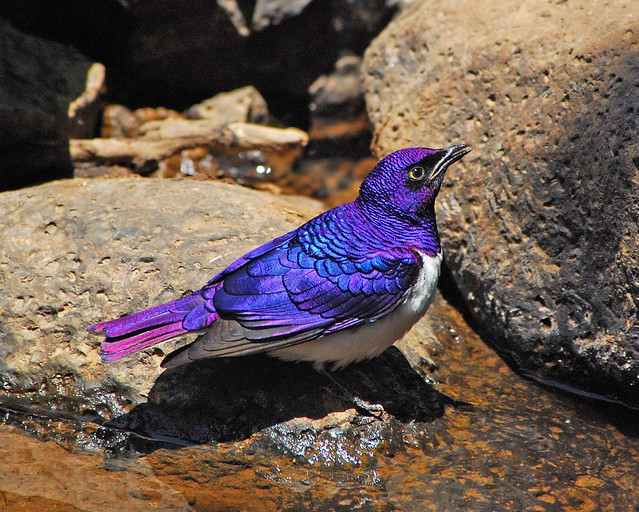
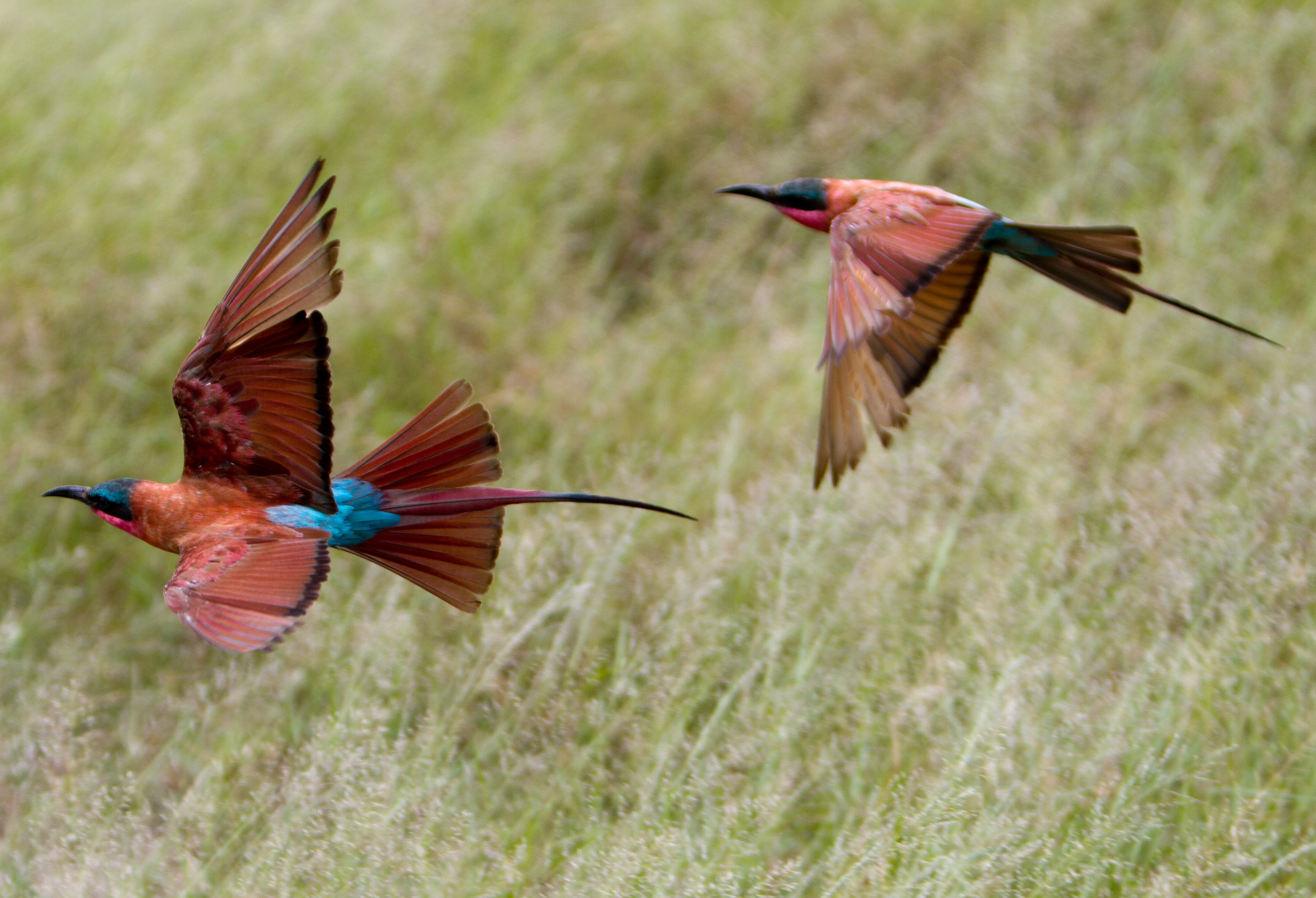
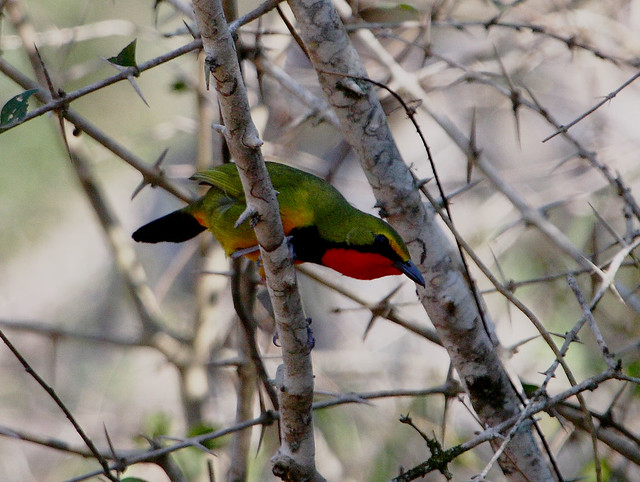
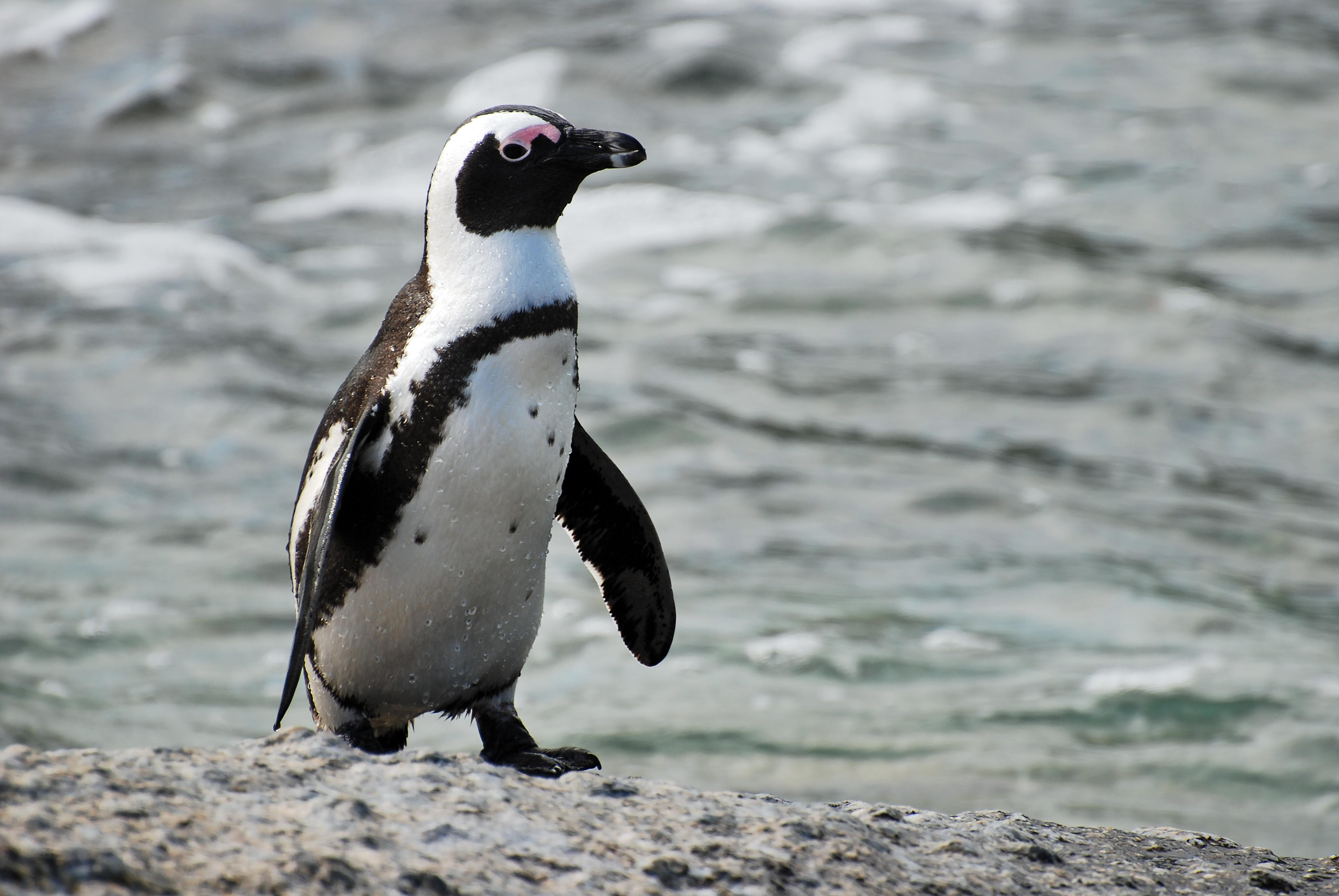

.jpg)
.jpg)
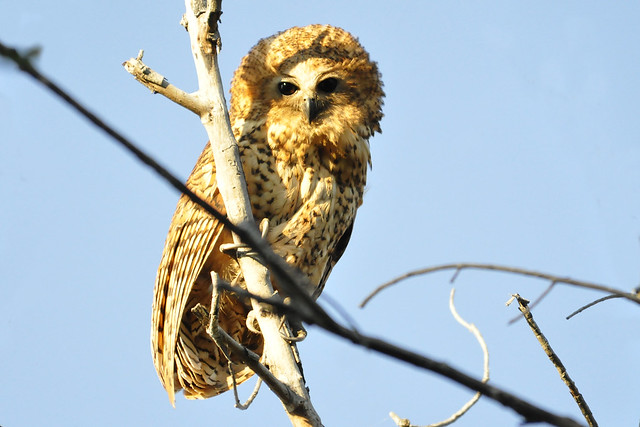



3 Comments:
Great list, thanks for sharing!
-Sharon
Very nice!
Just in Awe. these are amazing birds. Im envious of your travels.
Post a Comment
Subscribe to Post Comments [Atom]
<< Back to Previous